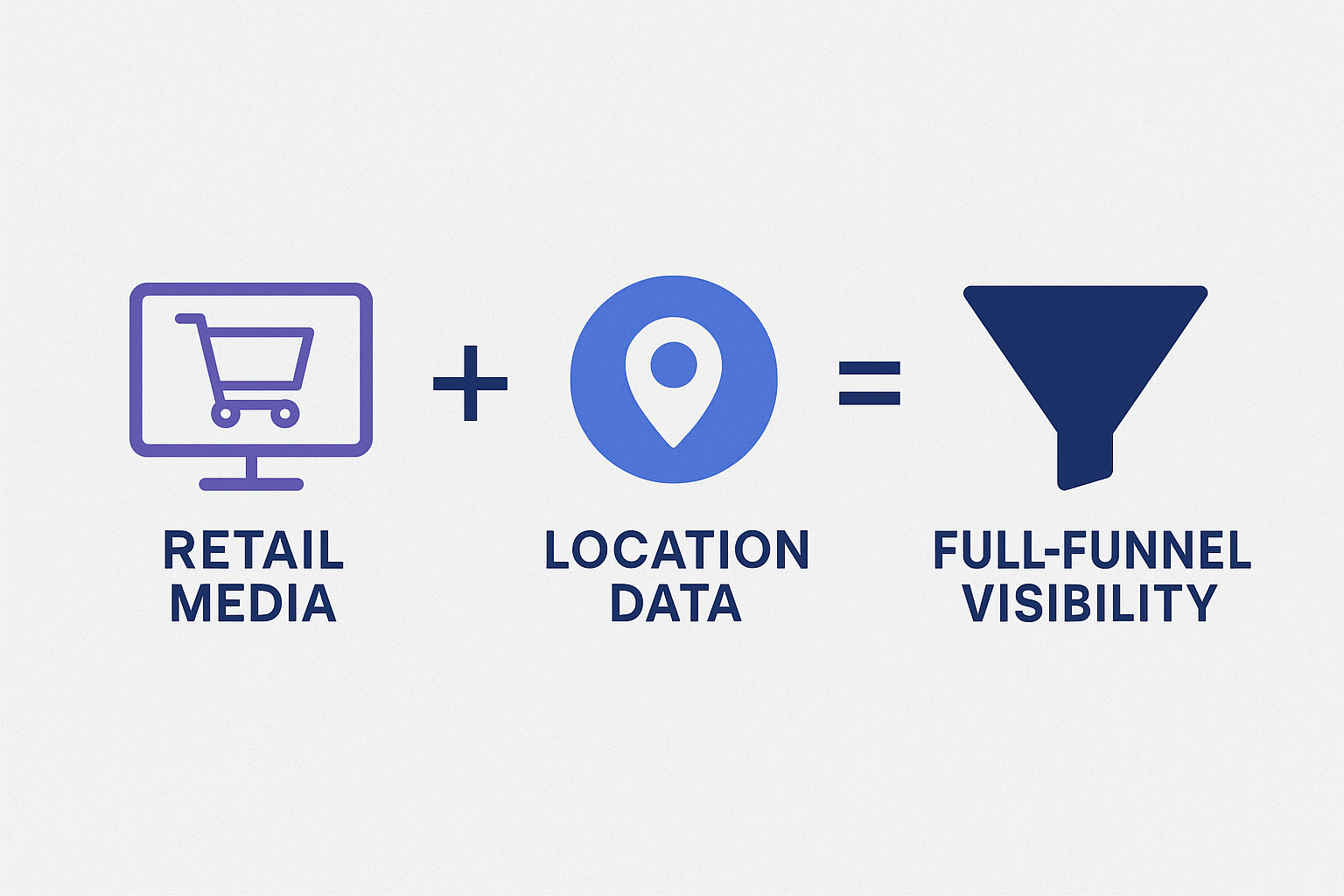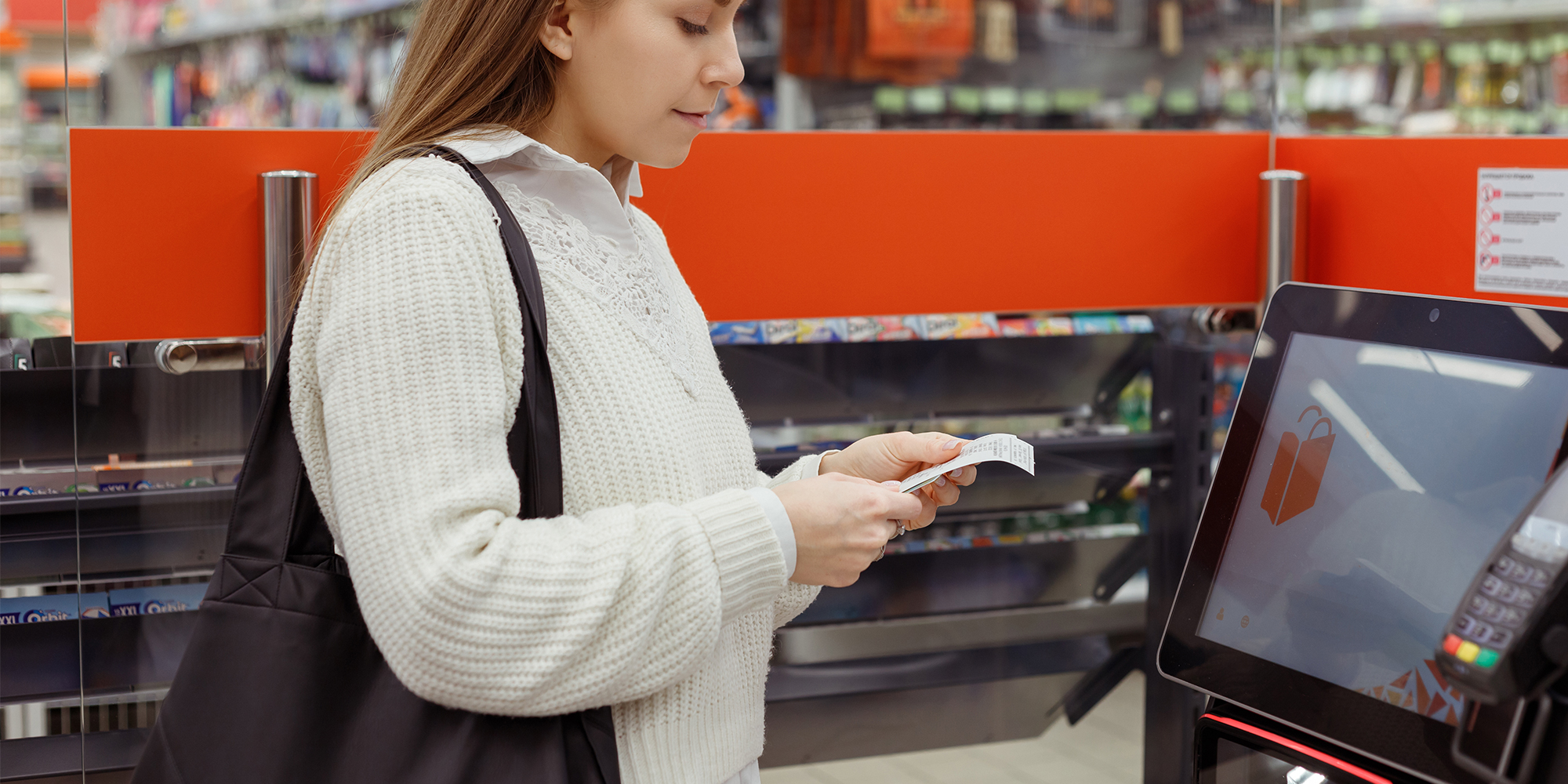Retail Media Networks (RMNs) are not just the next big thing in advertising — they are the thing. If you’re a brand or agency still putting RMNs into the “emerging trend” bucket, it’s time to upgrade your mental model.
What Are Retail Media Networks (RMNs)?
Retail Media Networks are advertising platforms operated by major retailers (think Walmart Connect, Target Roundel, Amazon Ads) that allow brands to directly reach consumers on retailer-owned properties — including websites, apps, in-store screens, and even off-site digital inventory.
In simple terms: retailers have the audience, brands want the audience, and RMNs are the bridge.
Brands buy ad placements inside the retailer’s ecosystem, targeting shoppers based on first-party purchase data and browsing behavior. It’s like running an ad inside the store — but across all digital touchpoints. And the results? Higher intent, more measurable conversions, and better alignment between ad spend and sales impact.
No surprise then that retailers are doubling down.
As highlighted in this recent LinkedIn post by Greg Stellato, Walmart is now requiring many brands to increase their RMN spend by 30%–40% in the coming year. And they aren’t alone — retailers everywhere are making RMN investment a cost of doing business.
If you’re not preparing for this shift — you’re already behind.
Why Brands (and Their Agencies) Need to Think Bigger: Location Data Is the Missing Link
Buying ads inside a Retail Media Network is powerful.
But here’s the blind spot: RMNs show you what happens in the store — not what happens everywhere else.
The truth is, customers live in the real world.
They shop around. They visit competitors. They commute, work, dine, vacation, and make spontaneous purchase decisions all outside the walls of your retail partner.
Brands who want to maximize their RMN investments need to connect these dots — and location data is the most strategic, actionable way to do it.

Here’s how smart brands and agencies are using location intelligence to close the RMN gap:
I. Audience Discovery and Expansion
You know who buys your products at Walmart — but do you know where else they shop? Location data reveals cross-shopping behavior, loyalty patterns, and even competitive exposure.
- Target smarter: Understand which audiences are already predisposed to your category or brand, even if they haven’t purchased yet.
- Expand reach: Build lookalike audiences based on real-world behavior, not just clicks or loyalty cards.
Location bridges the gap between digital identity and real-world intent.
II. Contextual and Sequential Messaging
Timing matters. Where a customer is — and where they were recently — can shape how and when you message them.
- On-the-go targeting: Deliver messaging to shoppers when they’re physically near a store, or after visiting a related location (e.g., a gym before a nutrition aisle purchase).
- Journey-based storytelling: Sequence your RMN ads based on recent behaviors, like reminding shoppers about your product after they browse a competitor’s store.
Context isn’t just about content anymore — it’s about where your audience is in their day.
III. Measurement Beyond the Buy Button
Retailers will tell you how many sales your RMN ads generated inside their stores. But what about the bigger picture?
- Incrementality analysis: Measure how RMN campaigns influence visits and purchases outside the retailer’s ecosystem.
- Total customer value: Understand the whole customer journey, not just the in-channel conversion.
Location data unlocks an accurate 360° view of campaign impact, not just a snapshot in a walled garden.
Retail Media Networks Are Table Stakes. Location Data Is the Ace.
As RMNs continue to grow, brands and agencies will face two choices:
- Play by the retailer’s rules and fight for incremental gains inside closed ecosystems or
- Leverage real-world intelligence to understand, influence, and capture customer demand across every moment that matters.
Location data is not an optional extra — it’s the catalyst for more innovative, more profitable retail media strategies.
Brands that embrace it will grow faster, spend smarter, and build deeper customer loyalty.
Those who don’t? They’ll be stuck playing catch-up while their competition wins the war for attention — and share of wallet.






